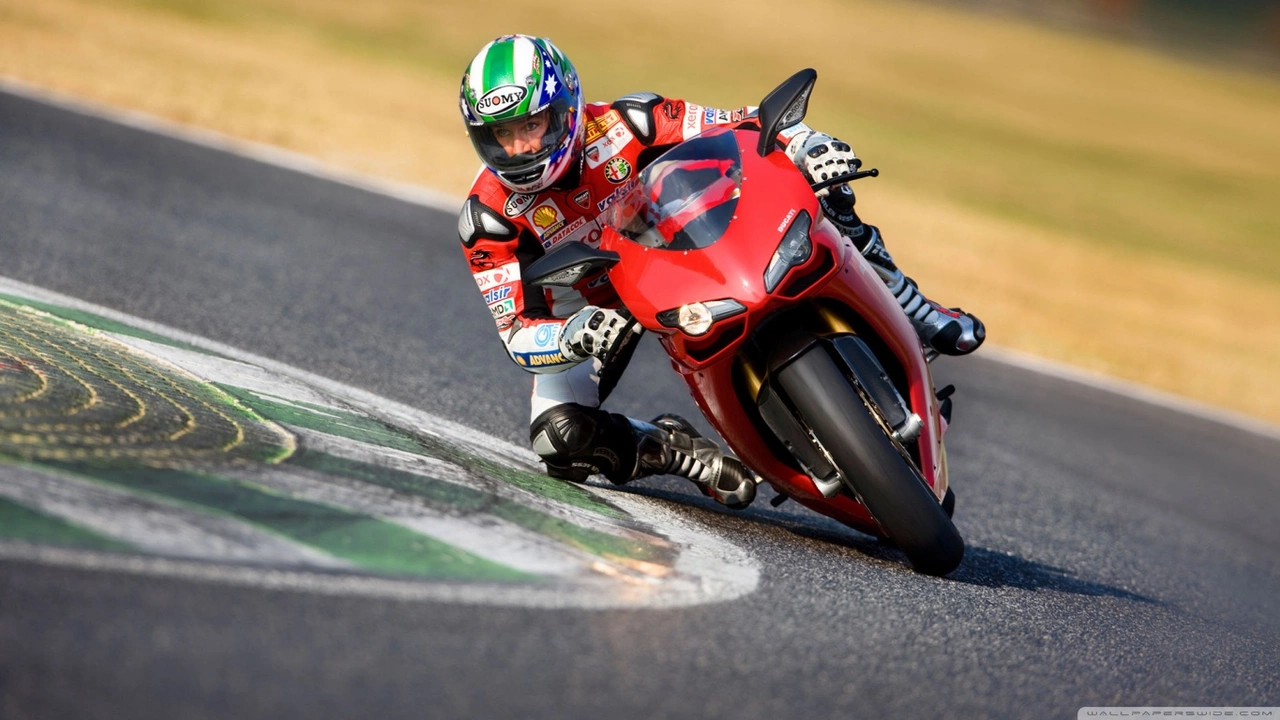Motorcycle racers lean at seemingly impossible angles without falling due to physics and skill. They use a technique called countersteering, where they push the handlebar in the opposite direction of the turn which leans the bike into the turn. Tires designed for racing also play a crucial role, as they are generally wider and softer, providing more grip. The rider's skill in managing their body weight and maintaining balance is also essential. It's a thrilling dance between rider and machine, all governed by the laws of physics.
Preventing Tipping Over: Easy Ways to Keep Your Bike Stable
Ever felt that sudden wobble when you’re taking a corner or slowing down? It’s scary, and it can lead to a nasty spill. The good news? Most tipping problems come from simple habits that you can change right now.
Ride with the Right Body Position
The first thing to check is how you sit. Keep your elbows slightly bent and your shoulders relaxed. When you’re cornering, shift a bit of your body weight to the inside of the turn. This moves the bike’s center of gravity and gives the tires better grip. Also, keep your feet on the footpegs, not hanging low. A low foot position raises the bike’s center of mass and makes it more likely to tip when you brake hard.
Mind Your Speed and Braking
Speed is the biggest factor in a tip‑over. The faster you go, the harder the bike leans to turn, and the easier it is to lose balance. Slow down before a sharp bend and brake in a straight line whenever possible. If you need to brake while turning, use the front brake gently and let the rear brake finish the stop. A sudden lock‑up on the rear wheel can flip the bike backwards.
Maintenance also plays a big role. Check your tire pressure regularly – under‑inflated tires flex more and can slide sideways, while over‑inflated ones reduce the contact patch and make the bike twitchier. Keep the suspension clean and correctly set for your weight; a sagging suspension throws the bike’s geometry off and invites tipping.
Another often‑overlooked detail is the load you carry. Pack heavy gear low and centered, close to the bike’s frame. A top‑heavy load shifts the balance upward and makes the bike more prone to tipping, especially during hard brakes.
Finally, practice makes perfect. Find a safe, empty parking lot and roll through slow turns, experimenting with body lean and throttle control. You’ll feel when the bike wants to tip and learn how to counter it before it happens on a real road.
Remember, preventing a tip‑over isn’t about fancy equipment – it’s about good posture, sensible speed, solid bike setup, and a bit of practice. Keep these tips in mind, and you’ll ride smoother, safer, and with way fewer spills.
